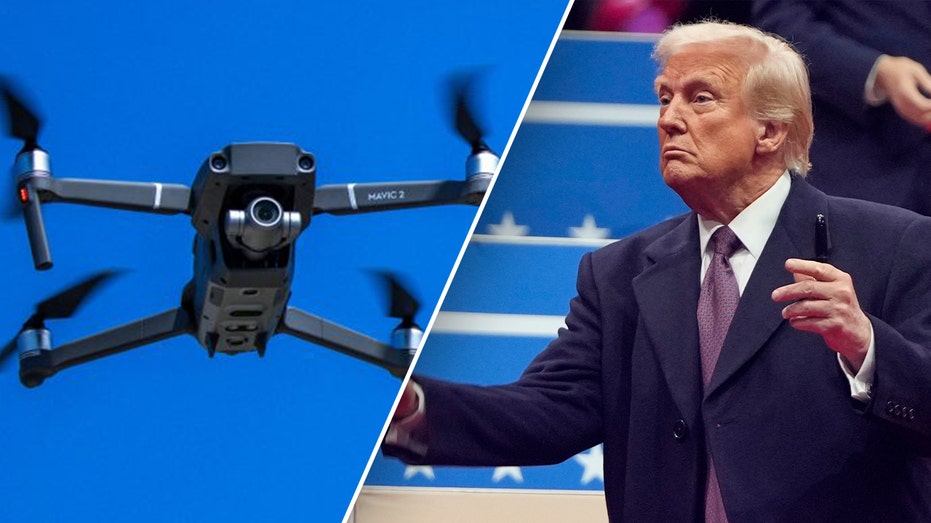Trump Signs Executive Orders to Accelerate Flying Car Development and Cut Flight Times
President Trump signs executive orders to advance drone tech, supersonic travel, and airspace security ahead of major events.

President Donald Trump signed three new executive orders on Friday aimed at boosting American drone innovation and supersonic air travel, while also stepping up security measures to protect U.S. airspace. The rollout of these orders comes at a critical time, as the United States prepares to host major international events in the coming years, including the World Cup and the Olympics. White House officials emphasized that these orders are designed not only to enhance safety and security, but also to spark transformative advancements within the domestic aerospace and drone industries.
According to administration advisers involved in the development of the directives, innovation has been constrained by outdated rules that have failed to keep pace with rapidly advancing technology. "Flying cars are not just for the Jetsons," said Michael Kratsios, the administration’s chief technology policy adviser. He highlighted the potential benefits of expanding drone operations—everything from public safety responses and infrastructure inspections to agricultural efficiency and more. Kratsios argued that excessive regulation has long hampered the growth of American commercial drone use, putting U.S. companies at a disadvantage compared to foreign competitors. The new executive orders aim to dismantle these regulatory barriers and allow homegrown innovation to flourish.
Kratsios also underscored the transformative promise of supersonic flight, expressing the administration's ambition to make cross-country trips—such as traveling from New York to Los Angeles in under four hours—a reality for everyday Americans. The push for supersonic aviation, he said, signals a "new era for American aerospace" and could pave the way for future breakthroughs in high-speed air travel.
In addition to encouraging technological advances, the orders include stringent measures to ensure American airspace sovereignty. These provisions are intended to thwart potential threats—ranging from criminal activity to terrorism—and institute stiffer penalties for the misuse of drones. Sebastian Gorka, Senior Director of Counterterrorism on the National Security Council, emphasized the urgency of the federal response in light of recent security concerns and pointed out that protecting sensitive locations—including military installations, critical infrastructure, and crowded public venues—has become increasingly complex in the face of evolving drone technologies. The administration, he said, is responding to widespread public demand for stronger oversight and enforcement.
Officials advising the president clarified that the new rules will directly benefit large-scale events such as the FIFA World Cup by providing robust protections for sports venues and other critical facilities. The executive orders also open the door to "routine beyond visual line of sight commercial operations," enabling advances such as efficient drone deliveries, infrastructure repairs, and emergency responses, including rapid deployments during wildfire outbreaks or similar disasters.
Another central tenet of the new policy framework is to reduce American reliance on foreign technology, particularly in drone and high-speed aircraft manufacturing. By prioritizing investments and regulatory support for domestic firms, the administration aims to secure the nation’s technological leadership in the competitive global aerospace sector.
"These executive orders will accelerate American innovation in drones, flying cars, and supersonic aircraft and chart the future of America's skies for years to come," Kratsios stated. He reaffirmed the administration’s commitment to ensuring that American innovation remains at the forefront of aerospace development, declaring that American achievements should be made—and celebrated—within America’s own airspace.




